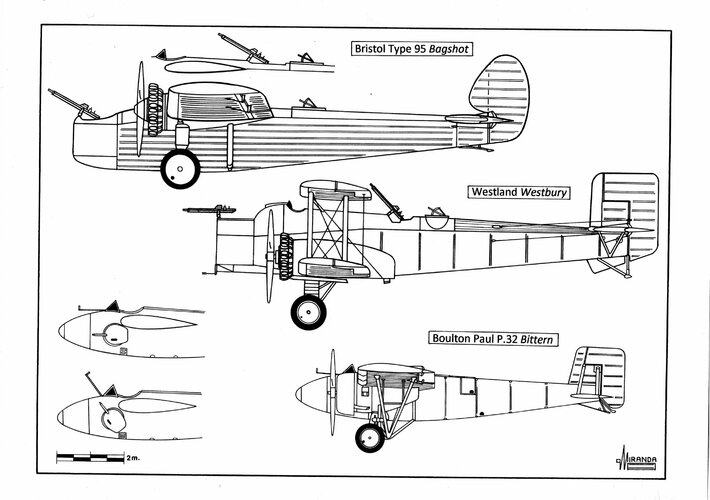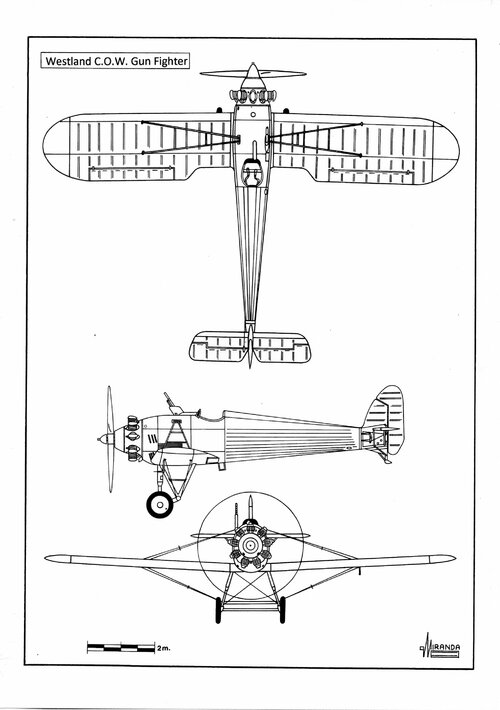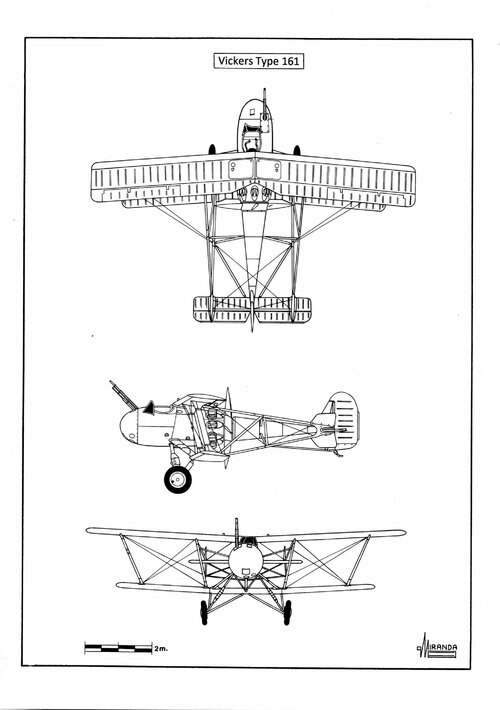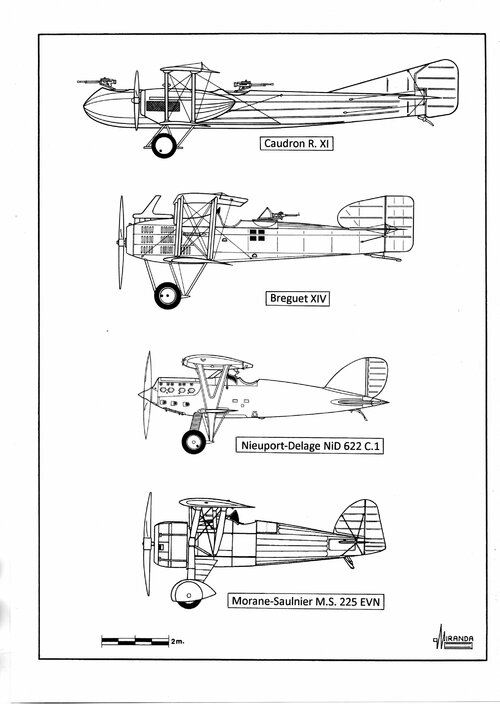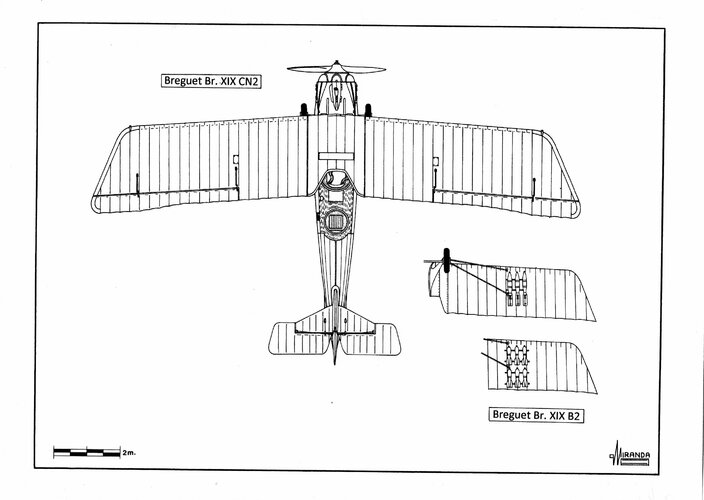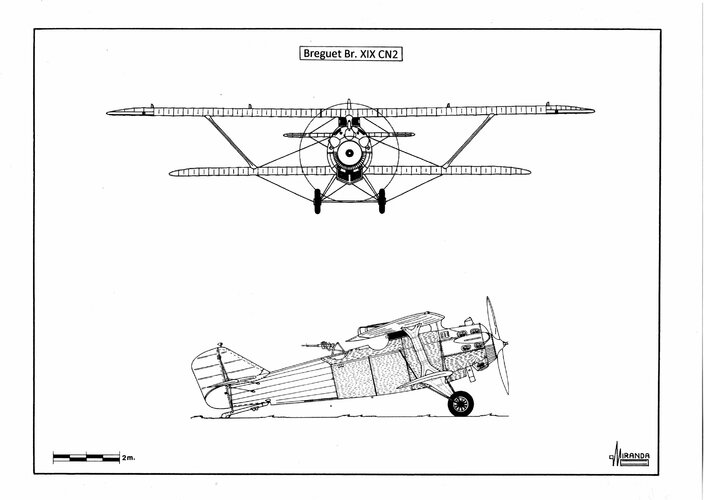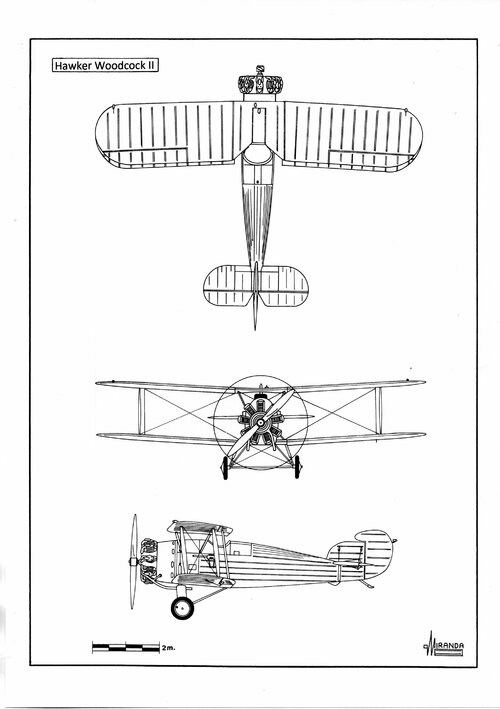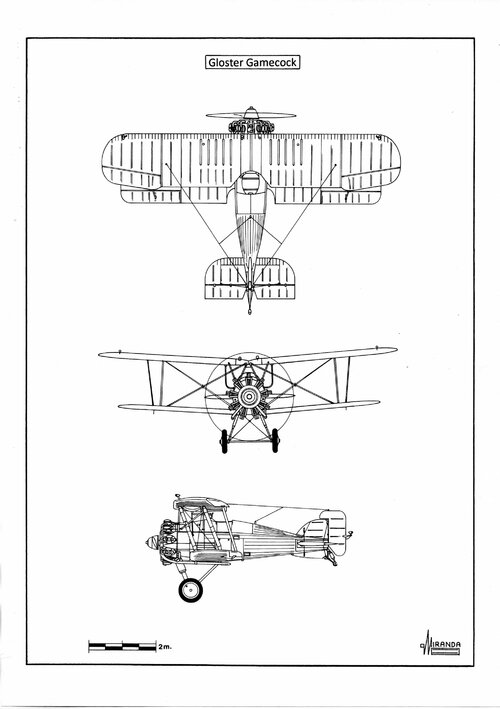The Caudron R.4, heavily armed close escorts for the Breguet XIVs. Together in La division aérienne they broke the German offensives of 1918, starting with Michael. A brilliant success that was fully and entirely forgotten 20 years later.
- In the Western Front the French used night fighters of the Caudron R. XI and Sopwith
Strutter types.
In February 1917 the Germans began using some Halberstadt D.II biplanes from the Fl.Abt.12 as night fighters.
Between May and August 1918, the Jasta 24, Jasta 73 and Jasta 74 used as night fighters specialized versions of the models Albatros D.II, D.III and DVa and Fokker D. VII.
At least one D.Va of the Jasta 38 was equipped with two 08/15 “
Spandau” machine guns pointing upwards and forwards.
Between February 1918 and July 1922 the French
Aéronautique Militaire used the Caudron R.XI heavy escort fighters from the
Escadrille C 46, in joint operations with the Breguet XIV night bombers of the
3ême regiment de bombardement.
In 1924 a night fighter unit was officially created using Breguet XIV B2 bombers converted into night fighters, fitted with flare launchers and
Vérain landing lamps on the lower wings.
The two types of aircraft: CAP (
Chasse, Reconnaissance d’Armée et Protection) and CAN (
Chasse et Reconnaissance d’Armée de Nuit), were called
combattants de nuit and were replaced in 1926 by the Breguet Br. XIX B2 night bombers from the
23ème escadrille du 12ème RAB-Reims.
In 1932, forty Br. XIX B2 bombers were converted into Br. XIX CN2 (
Chasseur de Nuit- Biplace) night escort fighters armed with two nose mounted machine guns.
Between 1932 and 1934 these aircraft were used by the
22ème and 23ème Escadrilles de Chasse de Nuit from GB III/22-Chartres.
Caudron R. XI C.3 technical data
Wingspan: 58.8 ft. (17.92 m), length: 36.8 ft. (11.22 m), height: 9.84 ft. (3 m), wing area: 602.7 sq. ft. (54.25 sq. m.), max weight: 4,779 lb. (2,165 kg), max speed: 114 mph (183 km/h), service ceiling: 19,516 ft. (5,950 m.), range: 110 miles (177 km), power plant: two Hispano-Suiza 8Bda, eight cylinder, Vee, liquid cooled engines rated at 215 hp. each, armament: five 7.7-mm Lewis machine guns.
Paint scheme (1919): overall three shades of
Brun Foncé (Dark Brown /Federal Standard Reference FS 30045),
Terre de Sienne (Sienna FS 30219),
Vert Foncé (Dark Green FS 30219) and four positions
cocardes (French roundels).
Breguet XIV CN2 technical data
Wingspan: 47 ft. (14.36 m), length: 28.8 ft. (8.87 m), height: 10.8 ft. (3.3 m), wing area: 540 sq. ft. (50.2 sq. m.), max weight: 3,900 lb. (1,769 kg), max speed: 121 mph (195 km/h), service ceiling: 20,300 ft. (6,200 m), power plant: two Renault 12 Fcx, twelve cylinder, Vee, liquid cooled engines rated at 300 hp. each, armament: two nose mounted 7.7-mm Vickers 7.7-mm and two movable 7.7-mm Lewis machine guns.
Paint scheme (1919): overall three shades of
Brun Foncé (Dark Brown FS 30045),
Terre de Sienne (Sienna FS 30219),
Vert Foncé (Dark Green FS 30219) and four positions
cocardes.
Breguet XIX CN2 technical data
Wingspan: 48.6 ft. (14.83 m), length: 31,5 ft. (9.61 m), height: 12 ft. (3.69 m), wing area: 538 sq. ft. (48.42 sq. m.), max weight: 5,511 lb. (2,500 kg), max speed: 133 mph (214 km/h), service ceiling: 23,620 ft. (7,200 m), range 497 miles (800 km), power plant: one Lorraine-Dietrich 12 Hb, twelve cylinder, Vee, liquid cooled engine rated at 500 hp., armament: two nose mounted 7.7-mm Vickers 7.7-mm and two movable 7.7-mm Lewis machine guns.
Paint scheme: overall
Vert-Kaki (Dark Green FS 34257),
Couleur Aluminium (Natural Metal) engine cowling and four positions
cocardes.

